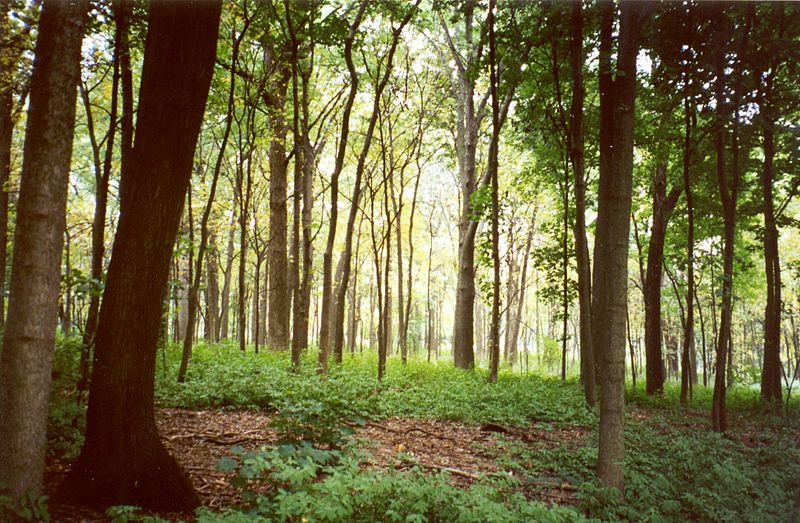Grow a forest in your backyard in less than a Decade

If you don’t have an entire century at your disposal to create a whole a whole forest for yourself you can utilize some of the most effective tricks in the book – essentially growing a century worth of forest in your backyard in less than a decade.
We tend to see the wilds as the ‘other’ place to be and wish to visit that secluded woods only to have an odd adventure. There is this lack of connection with nature, and we seldom think of living in the wilderness.
So, this is what expert Shubhendu Sharma suggests: mimic nature instead of mimicking people and designers, when deciding to shape your backyard. Nature grows forests in a very peculiar and amazing way based on diversity and relying on the abundance of fertility.
The various plants and trees that grow in forest essentially work in unison and form a network of support and nurture for each other. Sharma digs on the same mechanism and stresses on creating mini-forests in our modern habitats, and he has tested his theory by creating ultra-dense mini forests with biodiversity utilizing on the local species in the urban areas, the system that eventually turns into a self-sustaining habitat.
Sharma had a promising career in the industrial engineering sector, that he had to abandon in order to pursue his ambition of realizing his vision of making afforestation an accepted industry in its own right. Sharma stresses that one must not confuse Afforestation with something that is opposite to deforestation, since that implies replacing the lost territory of woodlands. Afforestation, in fact, means trying to grow trees and making them accustomed with the region where no tree grew before, this is radically different from anything done before and has long reaching impact on the environment, and modern urban makeup as a whole, TreeHugger reported.
In his famous Ted talk, Sharma lays out his six steps of creating a bio-diverse urban mini-forests. He started by saying that the first step has to be the inspection of Soil. After identifying the lack of nutrition in the soil, the next step is to research for the potential local species that can be grown in that soil after adequate planning.
The nourishment that soil may need must come from the local biomass, and any synthetic material must be avoided at all costs. After the soil is amended and is forest-ready, saplings are planted that are at least 80cm high, packing them closely at least three to five per square meter.
The length of a mini-forest Sharma suggests must not be less than a 100-square-metre in order to meet the requirement of a forest. This grows into a pack of woods so dense that the within a few months’ sunlight would not reach the soil hence reserving every drop of rainwater that would fall on it. The growth of the forest hence accelerates the process of nutrition production in the soil which in turns helps grow the forest even more.
